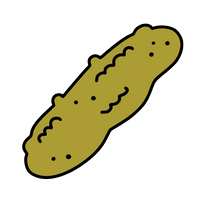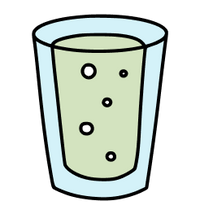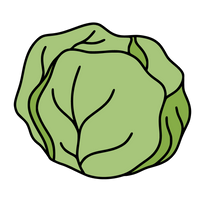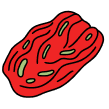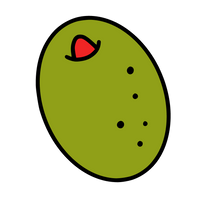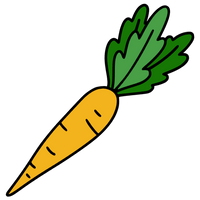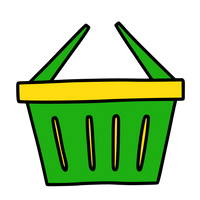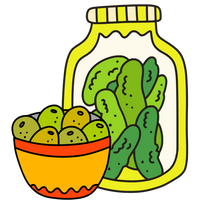

Lacto-fermentation is a unique food preservation process not only because of the delicious tasting results, but also because of the probiotics that are naturally created in the fermentation process. What basically happens when the lid goes on and the bubbling starts?

Phase 1: Bad Guys Die Off
Bacteria, both good and bad, live on the exterior skins and leaves of vegetables. During the first day of the fermentation process, the saltiness of the brine kills off the present bad bacteria. At the same time, the good bacteria thrive in the salt-water brine and will begin to grow. The specific bacteria Klebsiella and Enterobacter lead lacto-fermentation, and begin producing a more acidic environment that favors later good bacteria colonization.
Phase 2: Good Guys Abound
The second phase of the fermentation process starts as the acid levels become too high for many bacteria, and Leuconostoc mesenteroides and other Leuconostoc spp. take charge of the batch. This good bacteria thrives in a salt-water brine that is oxygen-free and they grows and abounds during this phase. Burping and spurting, this is the time when gases escape through bubbles to the surface. The environment soon becomes entirely oxygen free, a requirement for any successful ferment batch.
Phase 3: Pickles Chill in the Fridge and Get Really Tasty
After a week or so, bubbling in the jar diminishes entirely. The acidity, pH, salinity and oxygen-free conditions within the vessel are favorable for Lactobacillus like L. brevis and L. plantarum to proliferate and abound. Cabbage changes color from a bright green to a greyish white and by this time cucumbers will change from a deep green to an olive green. The ferment is ready to go into the refrigerator, slowing the process to a near stop. The batch will optimally be given several more weeks to age before being eaten, so that a full-bodied taste profile is realized.
Words on Culturing: Culturing means helping out the batch by giving it a kick-start. When we make our naturally fermented pickles at Olive My Pickle, we do scoop a few quarts of “old” brine to ensure a bounty of good bacteria are present in the new batch. This method known as “back slopping,” sets a fresh batch up as a successful ferment, increasing the ultimate probiotic count.
To be clear, we do not culture our ferments with starter kits, whey, powdered probiotic cultures, or any other commercially manufactured probiotic supplements. (You’d be surprised that people think that our claims of “probiotic pickles” means that we simply added powered probiotic supplement to otherwise standard vinegar pickle.)
Learn more about health benefits (beyond probiotics), possessed by naturally fermented pickles. Check out 5 Reasons Fermented Pickles are a Functional Food.
